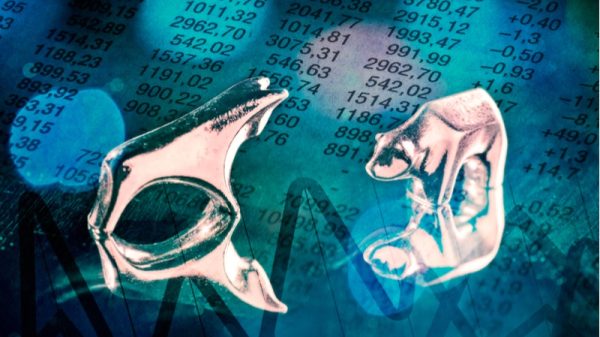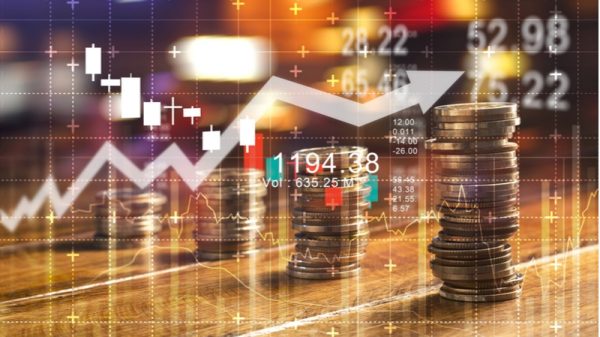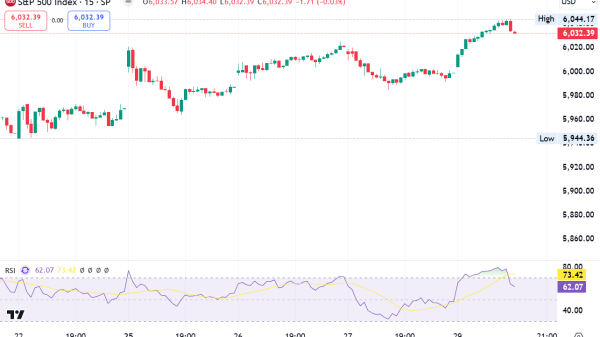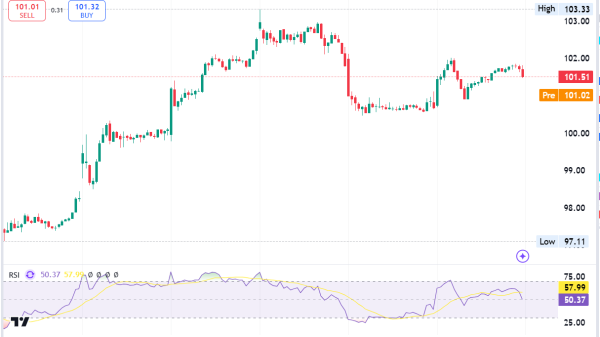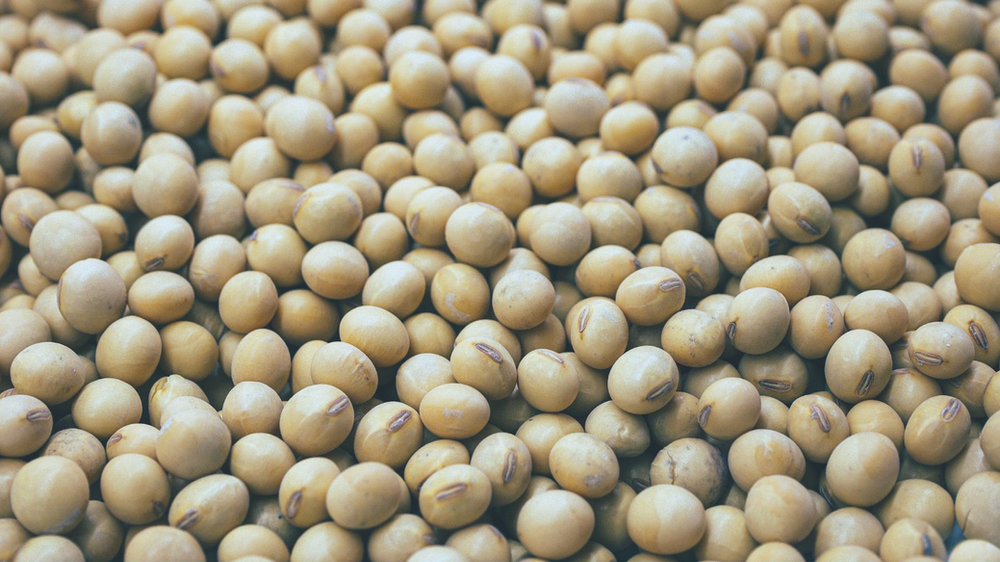Over 350 million tonnes of soybeans are produced worldwide every year, mostly in the US and Brazil, but also in Argentina, China, India, and other countries. They are used in many processed foods, and their oil is used for cooking and as a component in many industrial products. But what is the soybean futures contract and how can you trade it?
Soybean futures are traded by farmers, processors, retailers and traders looking to hedge or speculate on the price of soybeans. Read on for more about soybean trading and the soybean futures contract…
What is the soybean futures contract?
In commodity trading, soybeans are known as a ‘soft’ commodity, along with wheat, coffee, ,cocoa, ,orange juice, sugar, corn and cotton. This is in contrast to the ‘hard’ commodities of precious metals and ,energies.
The soybean futures contract allows buyers and sellers to agree on a price for soybeans today for delivery at a future date. Its price is an important benchmark used by the soybean market.
soybean futures contracts are measured in bushels and the standard futures contract consists of 5,000 bushels. They are traded globally on the Intercontinental Exchange (ICE).
Who trades soybean futures?
There are a number of soybean futures market participants. soybean producers trade to hedge against the risk of future falling soybean prices, while soybean processors and retailers use soybean futures to lock in the price of soybeans they need to purchase.
Soybean traders use soybean futures as they do any other financial instrument, to speculate on price movements in the soybean market in order to make money.
The history of soybean trading
Soybeans were first cultivated in their native East Asia, where they have been used for millennia. They were introduced to Europe in the 1700s and the US in the early 1800s.
In 1936, the first soybean futures contract was traded on the Chicago Board of Trade (CBOT).
In the 1970s, soybean futures trading expanded to other exchanges including the New York Mercantile Exchange (NYMEX) and the Kansas City Board of Trade (KCBT).
The 1970s saw an attempt by the Hunt brothers to corner the soybean market. Believing that increased inflation would cause the price of soybeans to rise, they bought up a large number of futures contracts. This caused soybean prices to rise, but prices then inevitably crashed.
In 2012, the US experienced a severe drought, which caused a spike in soybean prices due to reduced supply.
The US and China engaged in a trade war in 2018, which included tariffs on soybean exports, causing a big drop in soybean prices.
Trading soybean futures
Today, soybean futures are one of the most actively traded agricultural commodities in the world, and are traded on the Intercontinental Exchange (ICE). They are a good option for those wishing to diversity their risk profile, and there are a range of ways to do this.
Out of the various instruments available, Contracts for Difference (CFDs) is a popular choice. These have the advantage of enabling trading on margin, which allows increased exposure with lower capital.


